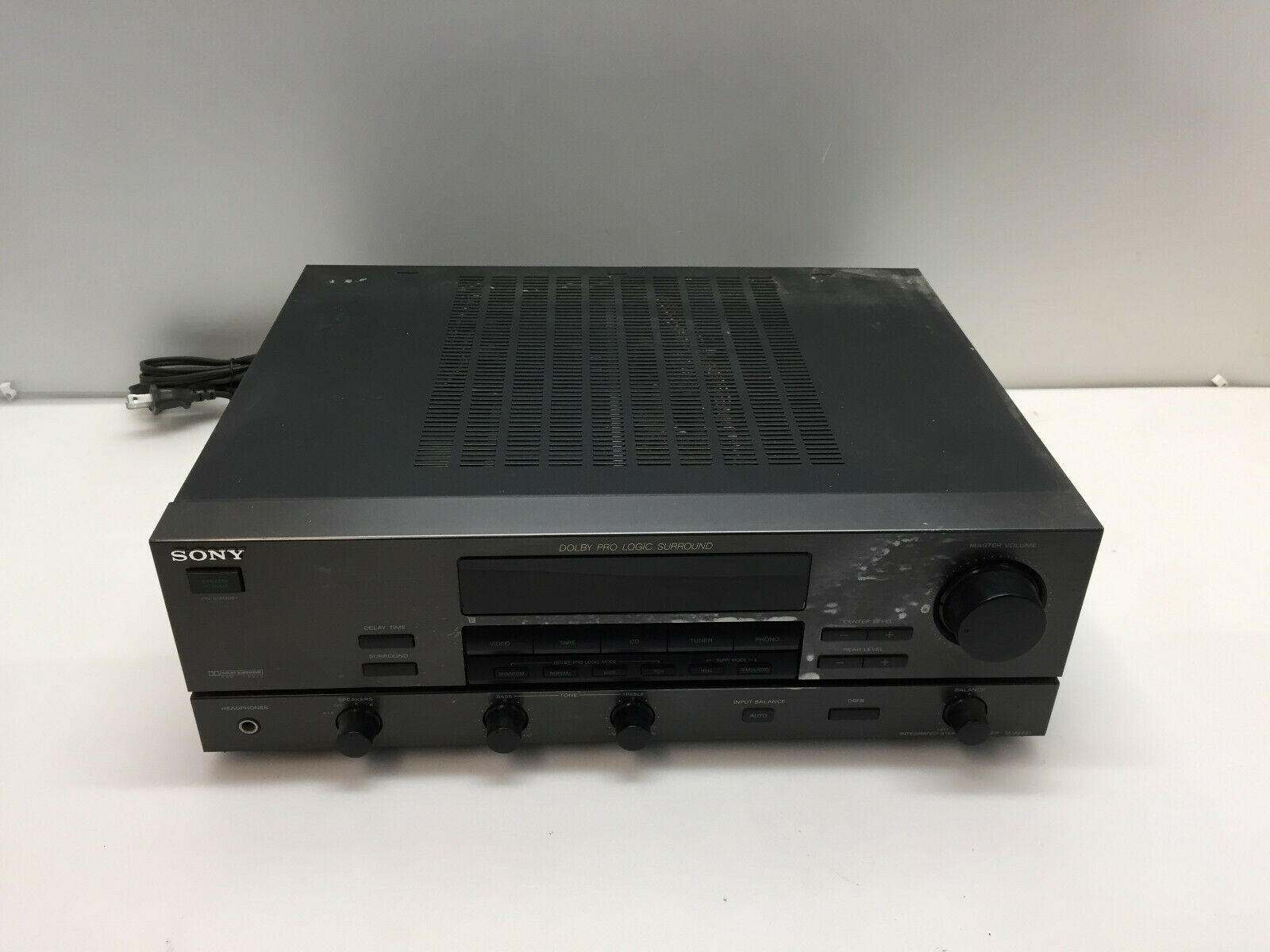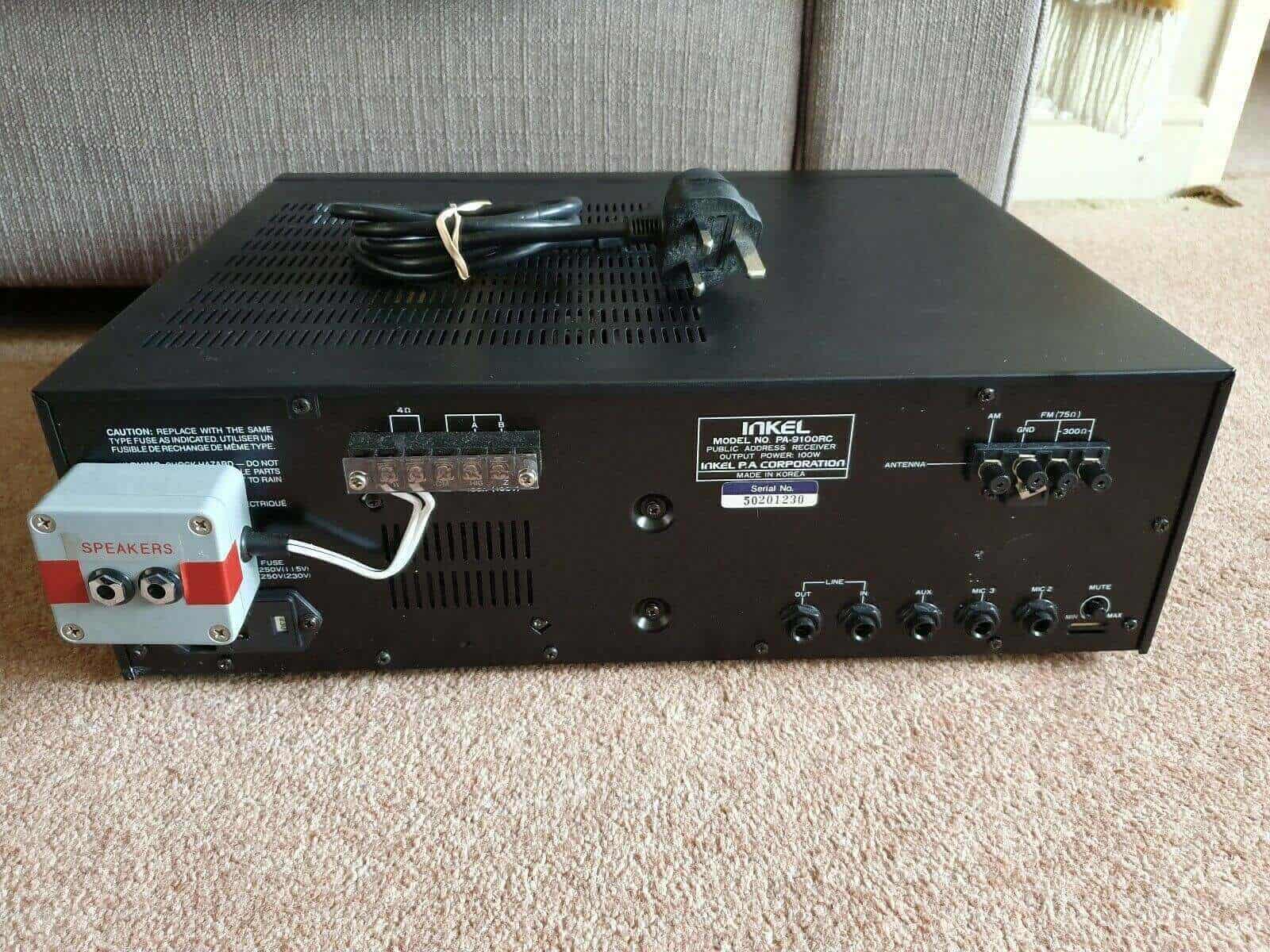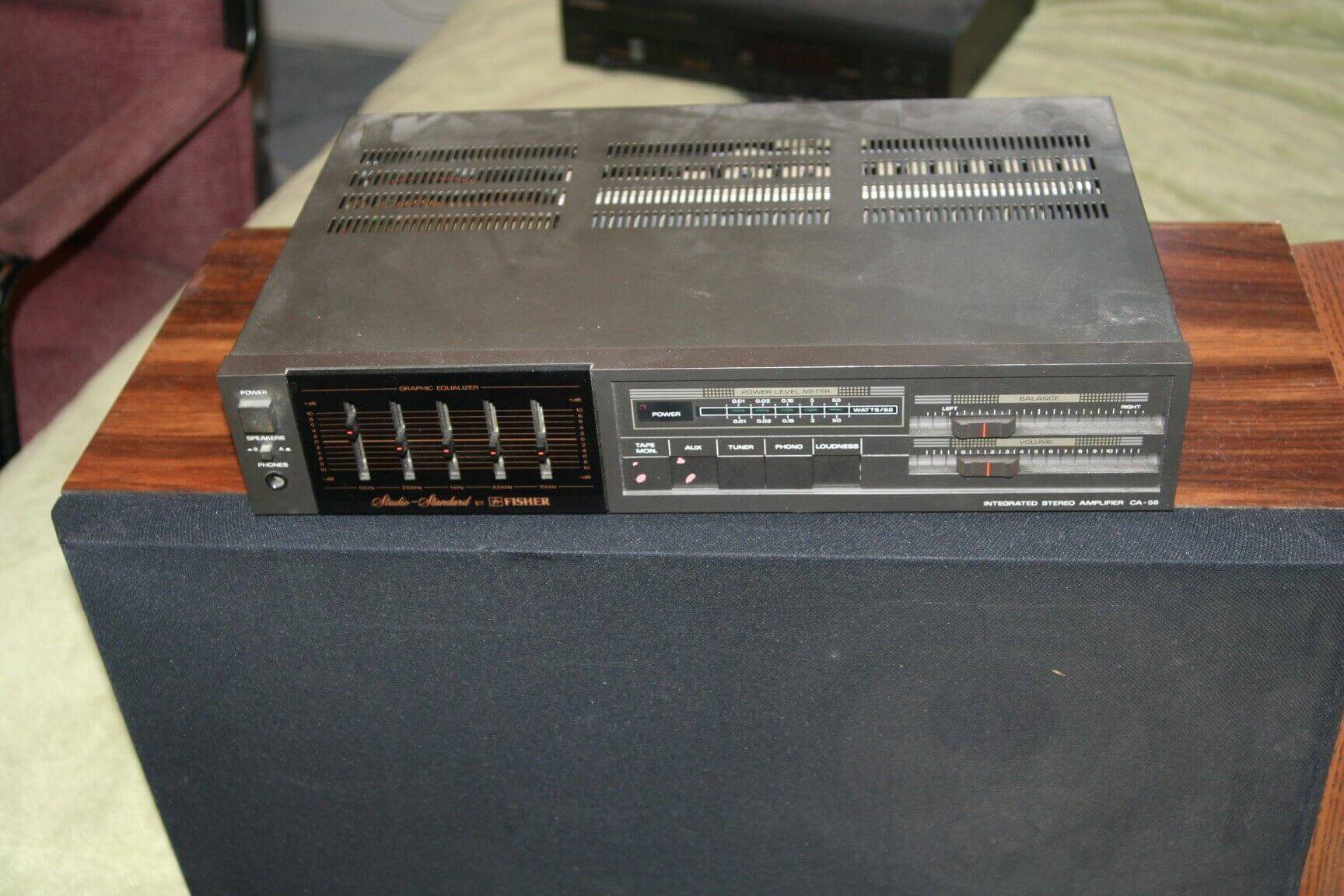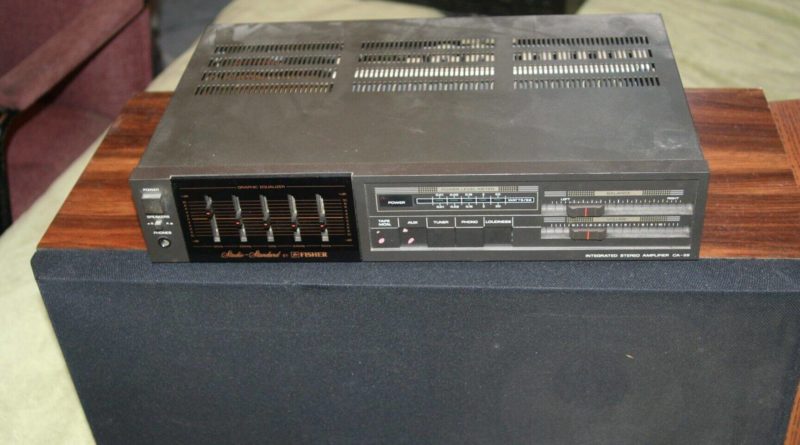Stereo amplifiers have been in use since then early 20th century. Lee De Forest, the self-proclaimed “Father of Radio,” was behind the invention of the audio technology. He was also behind the development of the sound-on-film recording used for motion pictures, which speaks volumes about the ingenious man. Irving Langmuir and Edward Armstrong further developed the amplifiers into what we know today. Stereo amplifiers have since been utilized all over the globe through integration on devices like clock radios, boom boxes, and televisions. We reviewed the technology behind audio power amplifiers to help you familiarize yourself with the sound tech.
What is a Stereo Amplifier?

- Stereo amplifiers are portable devices that convert low-power electronic audio signals to high power audios that are acceptable by all kinds of speakers.
- The sound source could be a smartphone, laptops, TV, turntable, CD, DVD, or a USB drive. Stereo amplifiers are extremely useful in the Hi-Fi stereo system.
- Input from instruments like, for example, a guitar may measure just a few hundred microwatts.
- With stereo amplifiers, the output could be a few watts for small electronic devices like clock radios.
- High-performance systems have stereo amps that can have an output that reaches incredible tens to hundreds of thousands of watts.
- Most sound devices are integrated and in-built with stereo amps. However, you may still need an external amplifier if you are looking to test the limits of your speakers and Hi-Fi systems.
- Devices like the hearing aid also utilize the stereo amplifier and have assisted hundreds of thousands to millions of people with hearing difficulties.
How does it work?

- One of the technologies that stereo amps utilize is the transistor. Transistors control the amount of current flow and its frequency.
- Vacuum tubes, also known as valves, were used before the invention of the transistor in 1947.
- The mechanism of an amplifier is intricate yet easy to understand. It has three main components: Input from the source, an output to speakers, and a 110-volt power source.
- Typically, the 110-volt produces alternating current (AC), which needs conversion into direct current (DC) and then sent to a transistor. With a higher output, the current can then be converted to an amplified sound.
- Recent technology has also seen the integration of stereo amplifiers into smart phones. The Sound Amplifier, an Android Accessibility app, has been on the front line of assisting people in having access to sound with clarity and detail.
- It is available on Android devices running Android 6.0 Marshmallow and above.
- You plug in the headphones then use the Sound Amplifier to customize noise, can help you hear conversations in noisy restaurants with better clarity, amplify TV sound at a personalized frequency level without offending others.
- You can even boost the voice of presenters at a lecture hall.
- Further advancements have seen the integration of other features with amplifiers. With remote control, Bluetooth connection, digital inputs like Toslink, and headphone outputs, you can now get the best out of your headphones.
Types of Stereo Amplifiers

Amplifiers can generally be categorized into three.
- The first category is the preamplifiers (commonly known as preamps), which receive weak signals, for instance, from microphones and amplify them to the higher level, which the regular amplifiers can then magnify.
- The second category is the power amplifiers. They are used to increase the low-power signal, for instance, radio signals, which are compatible with other devices, for example, loudspeakers.
- The third category is the stereo amplifiers. They receive a stereo output signal from a device and send it to the speakers connected to the amps.
How to choose the right type?

We define stereo amplifiers by three characteristics: power output, impedance, and sensitivity.
- Power Output, measured in Watts, generally represents how loud the sound will be. When it comes to choosing, it all boils down to what you want. If you are looking for a stereo amp that fits a big room, 100 watts should be ideal.
- Impedance is measured in Ohm and ranges between 8 to 600 ohms. Impedance means electrical resistance, and it gauges what voltage you need to get the best out of a device. Speakers with high impedance require high voltages.
- Sensitivity, measured in decibels (dB), shows how loud your speakers will be.
Conclusion
Stereo amplifiers have come a long way, and Lee De Forest would surely be proud. Brands like Moon 240i, NAD D 3045, and Roksan Blak integrated amplifier are game-changers with so much to offer. Features like remote control, Bluetooth connection, digital input, USB port, and headphones provide a fantastic user-interface, and the best is yet to come. When choosing an ideal stereo amp, it is always vital to consider factors like impedance, power output, and sensitivity. Price is still a significant factor, but you should never compromise on quality to save a few dollars.





